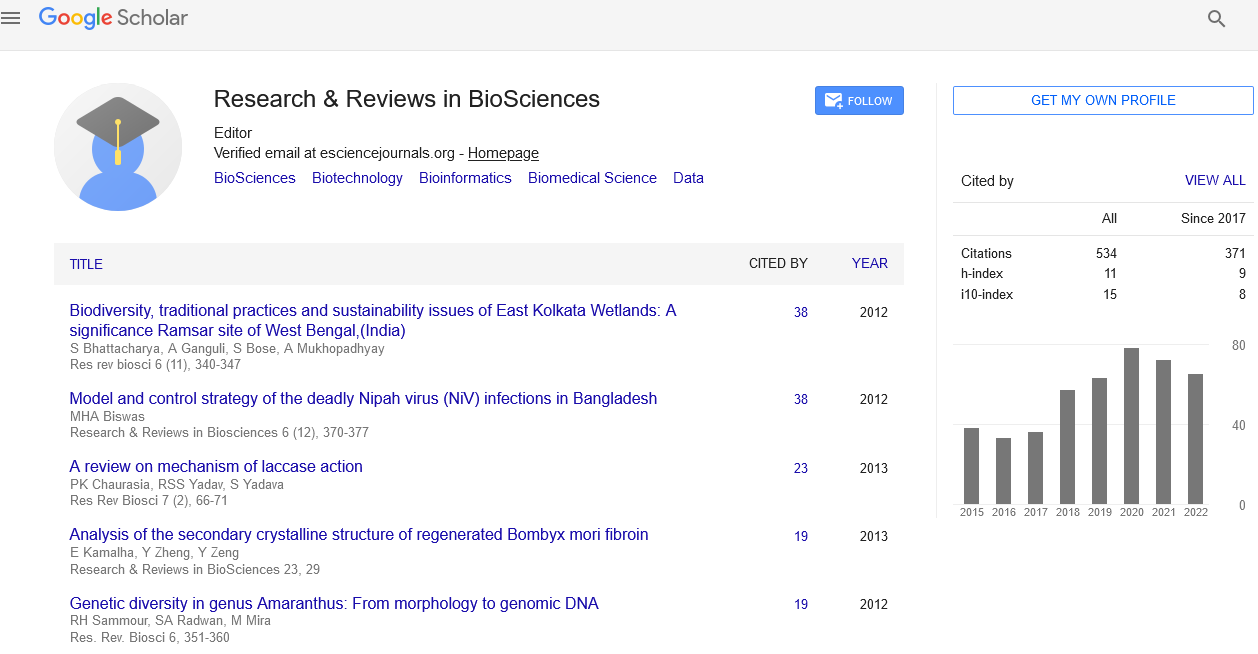Abstract
Low Concentrations of Bacterial Melanin Prevent Secondary Changes after CNS Lesions in Rats and Significantly Accelerate Motor Recovery
Author(s): Petrosyan TRBacterial melanin has been tested in various models of CNS lesion as a neuroprotector. Different concentrations of have been used in vivo to show its ability to stimulate regeneration, nerve sprouting and protective action. In the present study 6 different concentrations of BM were used to evaluate their effects on recovery processes. Bacterial melanin, injected intramuscularly on the day after the unilateral ablation of sensorimotor cortex, was demonstrated in rats on the model of the recovery of instrumental conditioned reflexes (ICR) and movements of paralyzed hind limb. The obvious difference between the recovery times of the instrumental conditioned reflex and limb movements in the control and experimental groups provided evidence of an apparent favourable influence of low concentations of bacterial melanin in rats after CNS lesion. Best results with faster recovery rate was obtained in the group treated with 6 mg/ml solution of bacterial melanin. This concentration didnÂ’t have any toxic effects or secondary complications after neurotrauma. The concentration at the rate of 6 mg/ml is the most optimal to be used in vitro experiments to test the antioxidant, anticancer and mitogenic activity of bacterial melanin.
